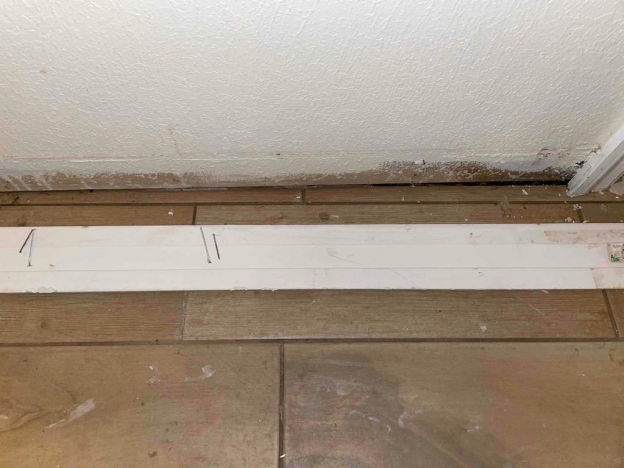
Water damage in St. Petersburg can arise unexpectedly and from various sources—whether it's a sneaky leak under your sink, a burst pipe in the dead of night, or a deluge from a stormy afternoon. The aftermath can be overwhelming, leaving residents scrambling to address the immediate damage and prevent long-term complications. Recognizing the urgency and the stakes involved, this guide to water damage restoration aims to navigate you through the chaos—from spotting the early signs of water damage to restoring your space to its pre-disaster condition.
We’ll discuss practical steps for identifying hidden leaks, outline critical measures to prevent further damage and help you choose a reliable, professional water restoration team.
Understanding Water Damage
Types of Water Damage
· Clean Water: This category involves water that does not pose an immediate health threat, typically originating from sources like broken water lines, sink overflows, or appliance malfunctions. While clean water is the least harmful, quick action is necessary to prevent escalation.
· Gray Water: Containing significant chemical or biological contamination, gray water can cause illness or discomfort upon exposure. Sources include sump pump failures, discharge from dishwashers or washing machines, and toilet bowl overflows containing urine.
· Black Water: The most hazardous of the three, black water contains harmful bacteria and fungi, making it unsafe for contact. This category includes water from sewage, seawater, rising flood waters from rivers, and standing water that has begun to support microbial growth.
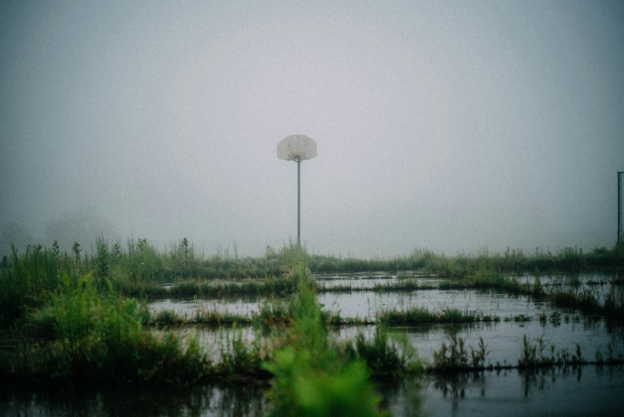
Classes of Water Damage
· Class 1: Minimal impact and absorption. Only part of a room may be affected, with little or no wet carpet, and the moisture only affects materials with low permeance, like plywood or concrete.
· Class 2: Entire room affected, including carpeting and walls up to at least 24 inches. There is moisture in structural materials and possibly the subfloor.
· Class 3: The greatest amount of water, absorption, and evaporation. Ceilings, walls, insulation, carpet, and sub-floors all around are saturated.
· Class 4: Involves special drying situations where water has deeply saturated into materials that are hard to dry, such as plaster, brick, concrete, and hardwood.
Common Signs of Water Damage
· Visual Signs: Water spots or discoloration on ceilings, walls, floors, and woodwork. Peeling paint and swollen wood or drywall are also indicators.
· Odor: Musty odors often signify mold and mildew, which follow untreated water damage.
· Physical Changes: Warping, buckling, or sagging in floors and ceilings can indicate water damage that’s not immediately visible.
· Mold and Mildew Growth: Visible mold growth in corners, on walls, or near water sources like sinks and toilets is a serious indicator of water damage.
Risks of Untreated Water Damage
· Structural Damage: Prolonged exposure to water can weaken structural components, making them unsafe.
· Health Risks: Mold and mildew can lead to respiratory problems and other health issues.
· Increased Repair Costs: The longer water damage goes untreated, the more extensive and expensive the water restoration becomes.
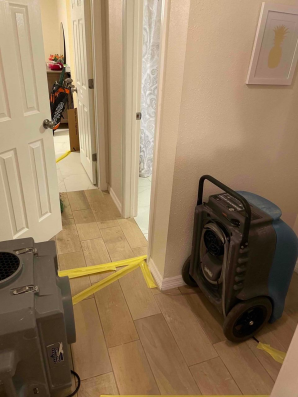
Steps After Discovering Water Damage
Ensure Safety
· Electric and Water Safety: Immediately turn off the main water supply to prevent further leakage. If there are any electrical appliances or outlets near the affected area, turn off the electricity at the breaker box to avoid electrical shocks.
· Personal Safety: Wear protective clothing, including gloves, boots, and masks, especially if the water may be contaminated. This helps protect against bacteria and other harmful substances.
Assess the Situation
· Identify the Source: If possible, identify the source of the water. This could be a burst pipe, overflowing sink, leaking appliance, or seepage from heavy rain.
· Document the Damage: Take photos and make detailed notes about the extent of the water damage. These records are crucial for insurance claims and for restoration professionals to formulate a recovery plan.
Contain the Spread
· Remove Standing Water: If it is safe and practical, start removing standing water. Using buckets, towels, mops, or wet/dry vacuums can help in removing water accumulated on floors.
· Block Entry Points: If the water is entering through breaches such as a broken window or a hole in the roof, temporarily cover these with plastic sheeting or tarps to prevent further water ingress.
Protect Undamaged Property
· Move Valuables: Quickly move furniture, electronics, and other valuables to a dry area to prevent damage. Raise furniture on blocks or place aluminum foil under furniture legs to avoid absorption of water.
· Secure Documents and Art: Place important documents and art in a safe, dry place. If items are already wet, prioritize them for drying or professional water damage repair.

Start Drying Out the Area
· Increase Air Circulation: Open windows and doors to allow air to circulate, which helps in drying out the wet areas. Use fans and dehumidifiers to further aid in reducing moisture if the external air conditions are appropriate.
· Remove Wet Items: Take out any soaked carpets, rugs, and padding. These items can hold moisture for long periods and promote mold growth.
Contact Professionals
· Call Water Damage Restoration Services: Contact a professional water damage restoration company as soon as possible. They can assess the damage more thoroughly and use specialized equipment to ensure proper drying, decontamination, and restoration.
· Notify Your Insurance Company: Inform your insurance provider about the incident and the actions you’ve taken. This early communication is crucial for a smooth claims process.
Act now to secure your property and health!
At Flood Pros USA, we understand the urgency and complexity of water damage. Whether you need immediate water extraction services, comprehensive mold remediation, or expert water damage repair, our team is equipped to handle it all — with the commitment to quality and efficiency that you deserve.
Learn more about our same-day restoration in St. Petersburg.
Tags
Subscribe to Flood Pros USA's Blog


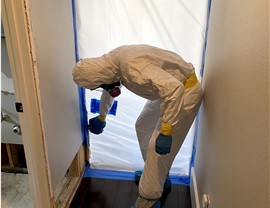
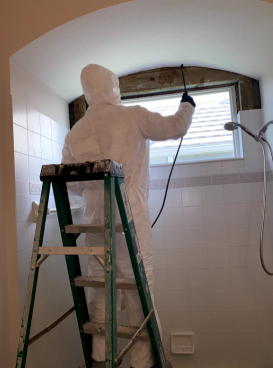
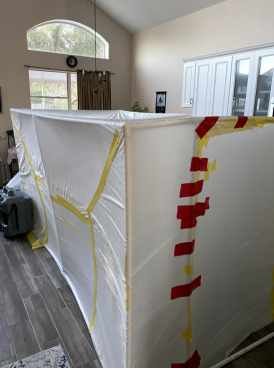
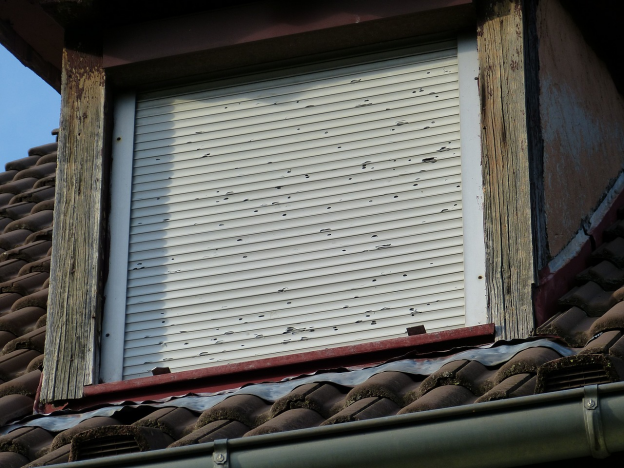

Comments